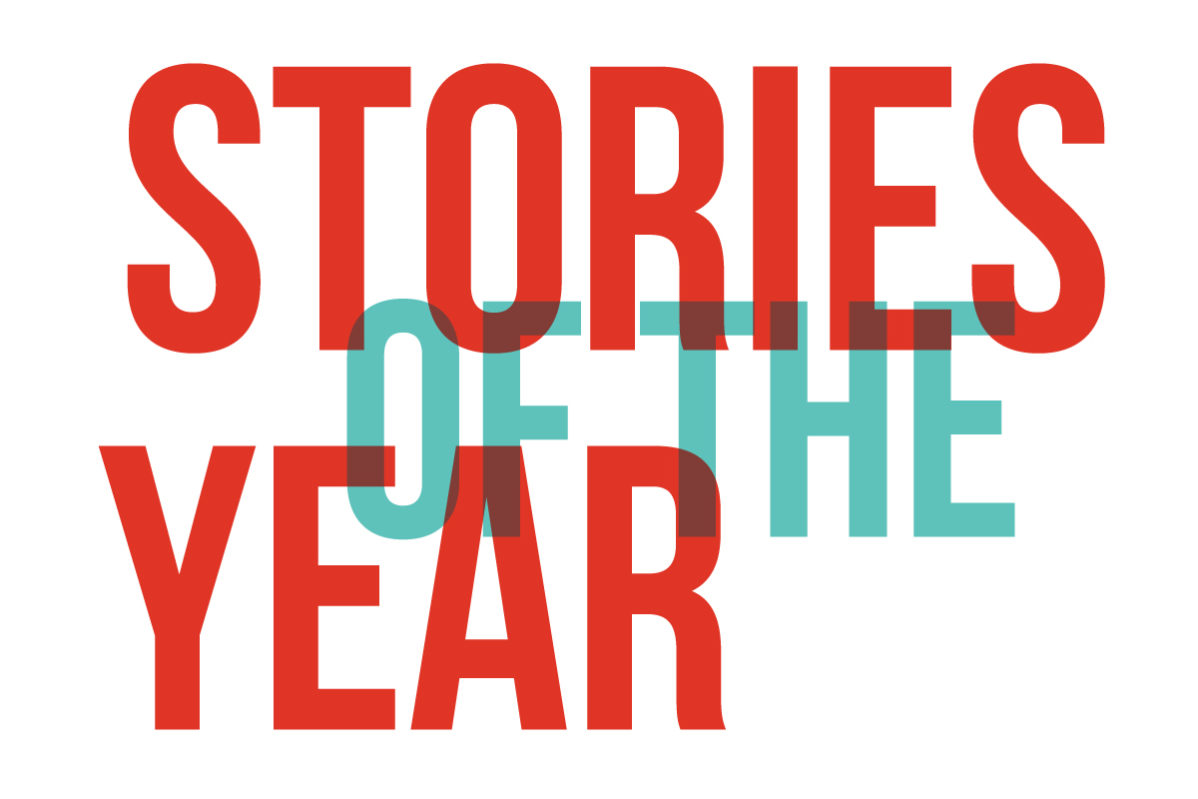Strike coverage shows how crucial student journalism is as students and faculty from across Ontario read The Dialog for the latest news
The longest strike in the history of the Ontario college system.
That’s what 12,000 faculty and 300,000 students experienced this fall, including the student journalists at The Dialog.
George Brown College is one of the few colleges in Ontario that has a student media organization that isn’t run by a journalism program. As such, we were able to keep reporting throughout the faculty strike, unlike other college papers that were shut down.
When we first broke the news of the strike vote in mid-September, students were doubtful of it being real. One reader even said our headline of “Ontario college faculty vote to strike” was “clickbait at its very best LOL.”
After five weeks of a bitter strike nobody was laughing anymore.
Our journalists were busy filing daily stories about the strike from the first strike vote in September to end of the strike with back-to-work legislation and the aftermath of issues with the student relief fund.
The Dialog published nearly 50 different stories about the faculty strike, including seven videos and the first episode of our new podcast.
The Dialog’s website became a go-to news source during the strike and attracted readers not only from George Brown, but also college students and striking faculty from across Ontario.
Our website saw a huge spike in readership during the strike with 365 per cent more pageviews than the same period the year before. Over half of our digital readership was from outside of Toronto during the strike, including cities that have major colleges like Brampton, Mississauga, Hamilton, London, Ottawa and Kitchener-Waterloo.
But beyond the numbers we were able to help students put a face to the faculty that were striking. Our reporters went out on the picket line to talk with professors about why they were on strike and covered rallies by both students and faculty.
This type of digital-first daily reporting was effective, but also difficult to co-ordinate with a small part-time news team as stories would break over the weekend or late Friday afternoon. There were times when our team was stretched to the breaking point but we were able to keep on the stories that mattered to students and broke news that other outlets didn’t cover.
We were one of the only places that apprenticeship students could learn about what was happening with their eight-to-10 week programs that were interrupted by the strike.
We also covered the lighter side of the strike with an interview with the faculty member behind the popular “Yeti on strike” Twitter account who picketed for weeks in a Yeti costume.
The main lesson I can draw from this experience is that it’s times like a faculty strike where the importance of having an active student media organization on campus really shows itself. Students at George Brown College were lucky to have a news source that was independent of the college where they could get quick and reliable information about the strike.
That said, we are all glad it’s over.
Mick Sweetman is a finalist for a John H MacDonald award for excellence in student journalism in labour reporting for his story Proposed pay hike for college presidents ‘unacceptable.’


